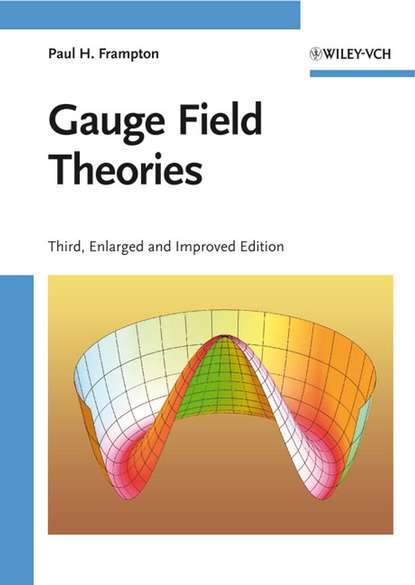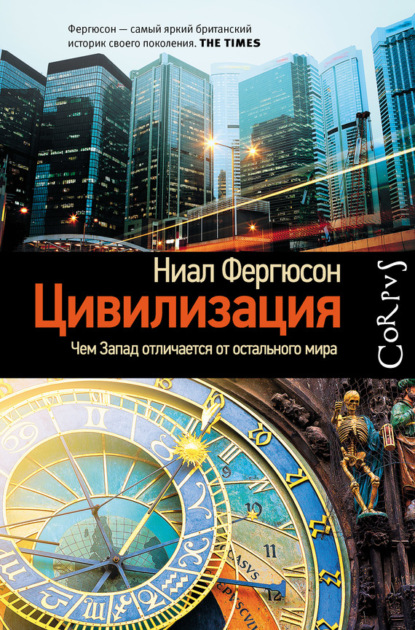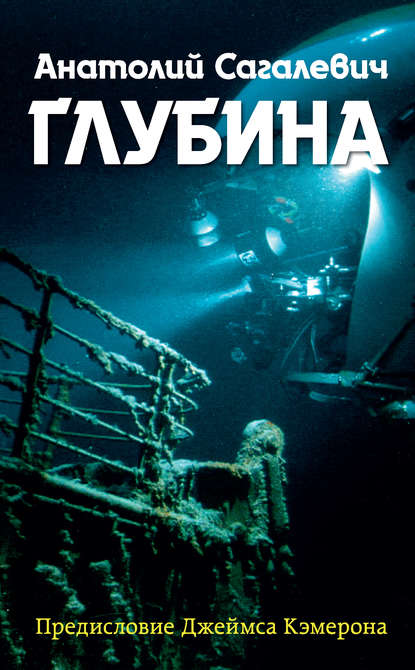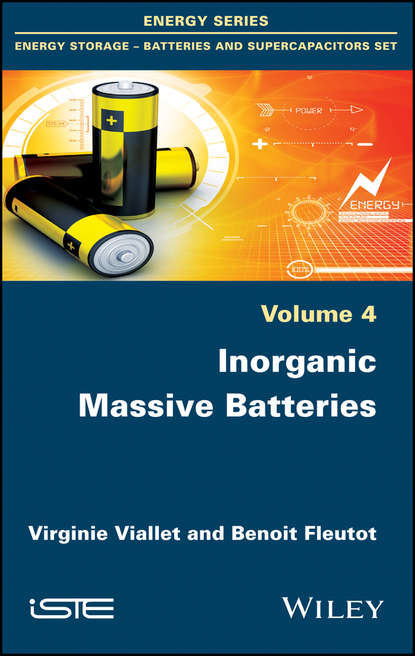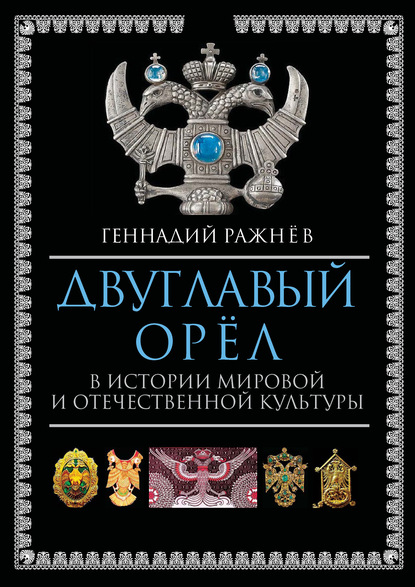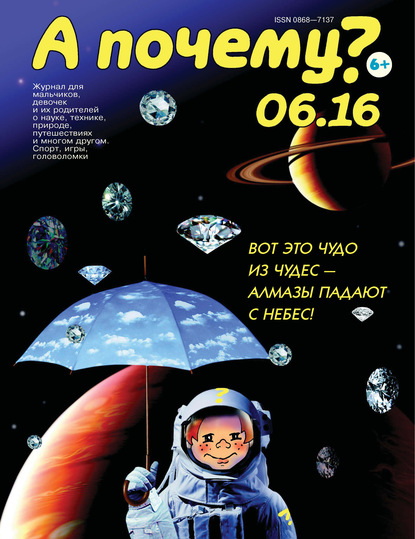Книга “Gauge Field Theory” от Пола Фрамптона является важным чтением для космологов и астрофизиков, работающих с частицами. Первое издание этой книги быстро стало популярным в университетах и других высших учебных заведениях по всему миру, и с обновленными данными и ссылками третье издание остается идеальной справочной информацией по этому вопросу. Проверенные логические структуры материала по инвариантности, квантованию и перенормировке были сохранены, в то время как главы об электрослабых взаимодействиях и моделировании были пересмотрены. Полностью новой является глава о конформности. Как и в прошлом, Фрамптон делает акцент на формализме, а не на экспериментах и предоставляет достаточно подробностей для читателей, которые хотят сделать свои собственные вычисления или продолжить исследования в теоретической физике.
Paul Frampton's Gauge Field Theoriesthe first edition found acceptance quickly throughout academia all over the globe, with the updates that have been incorporated and the revisions madein the third edition, it is still without a doubt the ideal reference work for the general reader. Frampton retains the tried and true logico-structural themes of gauge invariance and quantization as befund as the renormalization aspects, theseChapman text have been completely revised and made viable in light of recent interpretations. Conformality is a whole new addition, as was the case with previous editions. As always, the emphasisis placed upon formalism, not merely experimentation, with an abundance of details and explanations in place so that readers can both perform their own calculations and engagein theoretical physics research.
Электронная Книга «Gauge Field Theories» написана автором Paul Frampton H. в году.
Минимальный возраст читателя: 0
Язык: Английский
ISBN: 9783527623365
Описание книги от Paul Frampton H.
The first edition of this necessary reading for cosmologists and particle astrophysicists was quickly adopted by universities and other institutions of higher learning around the world. And with the data and references updated throughout, this third edition continues to be an ideal reference on the subject. The tried-and-tested logical structuring of the material on gauge invariance, quantization, and renormalization has been retained, while the chapters on electroweak interactions and model building have been revised. Completely new is the chapter on conformality. As in the past, Frampton emphasizes formalism rather than experiments and provides sufficient detail for readers wishing to do their own calculations or pursue theoretical physics research.
